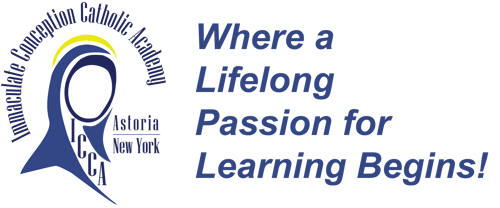7th Grade
Click Here for Junior High Grading System
7th Grade Math
In seventh grade, students extend and apply many of the concepts learned in sixth grade in order to discover new types of relationships, new and efficient ways to solve problems, and new ways to analyze and look at data and associations. Students will investigate proportional relationships and use this understanding to solve real-world problems involving discounts, interest, taxes, and scale drawings. Building on their sixth-grade understanding of integers, seventh-grade students will apply the properties of operations to all rational numbers in order to efficiently and thoughtfully work with the number system, including how it applies to expressions and equations. Lastly, students will learn to question what it means to be a representative sample of a population and how to effectively compare different populations.
Topics covered in 7th grade math:
Proportional Relationships: Students begin the year by recalling familiar concepts of ratios and unit rates from sixth grade. They work with more complicated unit rates involving fractions and investigate the concept of proportionality. Using tables, equations, and graphs, students compare proportional relationships and non-proportional relationships and the contexts under which they arise.
Operations with Rational Numbers: Students learn that the properties of operations they use with whole numbers, fractions, and decimals apply to all rational numbers, including negative numbers. Developing a strong conceptual understanding and procedural ability to work with rational numbers is critical to students’ algebra progression in middle school. These standards are covered early in the year in order for students to continue to hone them and apply them throughout the year.
Numerical and Algebraic Expressions, Equations and Inequalities: Students use their number sense skills learned in the previous unit to evaluate expressions, generate equivalent expressions, and efficiently solve equations and inequalities. Students become increasingly more adept at modeling situations, de-contextualizing situations in order to represent them algebraically, and then re-contextualizing to interpret their meaning.
Proportional Reasoning with Percent and Scaling: This topic re-engages students with the concept of proportionality from Unit 5, but this time they investigate and solve problems involving percent and scale drawings.
Geometry: Students further their study of measuring two-dimensional and three-dimensional figures by finding volume, surface area, and angle measures. They study triangles in depth and are introduced to constructions which they will revisit in high school geometry.
Statistics and Probability. In their Statistics unit, students find and use statistical measures to compare distributions and make inferences about populations. As students engage in probability concepts, they lean on their understandings of ratio and proportions learned earlier in the year.
The New York State Math Test will be administered in spring 2024
Grade 7 Math
Mary O’Donoghue
Science
In science class, the students will connect, investigate, synthesize, and demonstrate as they explore the following topics:
- The Cell System
- Human Body Systems
- Reproduction and Growth
- Ecosystems
- Populations, Communities, and Ecosystems
- Distribution of Natural Resources
- Human Impacts on the Environment
- Waves and Magnetic Radiation
- Electricity and Magnetism
- Information Technologies
The students will also explore new developments in science.
Grade 7 Science
Mary O’Donoghue
Social Studies
This year your child will be learning about and discussing United States History during Social Studies class. 7th and 8th Grade will be sharing a textbook this year. The first half of the textbook will be covered by the 7th grade and the second half of the textbook will be covered by the 8th grade. The following topics will be covered in 7th Grade:
- The First Americans
- Exploration and Colonization
- Settlement and Growth of English Colonies
- The American Revolution
- First Governments and the Constitution
- The Early Republic
- Political and Geographic Changes
- Life in the North and South
- Division and Civil War
- Reconstruction
Tests 20%; Quizzes 20% Homework 20%; Classwork 20% Projects 20%
By the end of the year the students will be able to identify cause and effect, organize information using timelines, answer document based questions, and relate our nation’s history to their current lives. A test will be given at the end of each chapter. I will let the class know at least a week in advance and review the test questions and answers with them during class. Please use these study guides to help prepare your child for his/her exam.
Bryan Lewis - 7th Grade Social Studies
